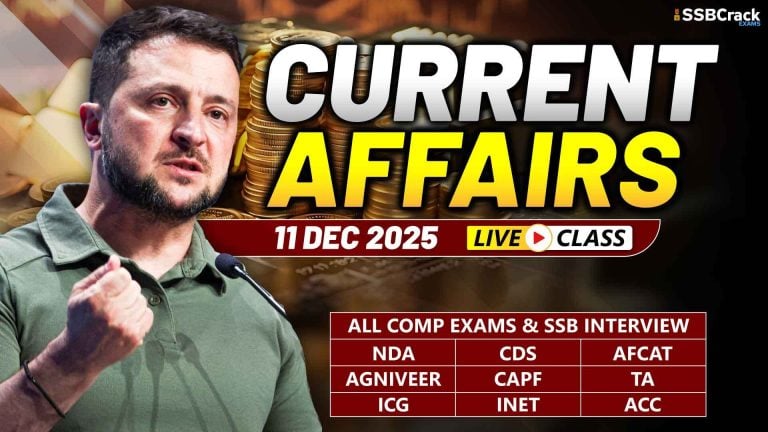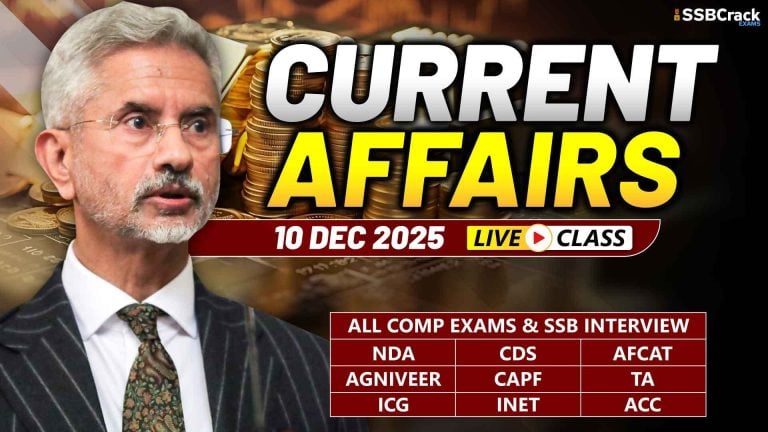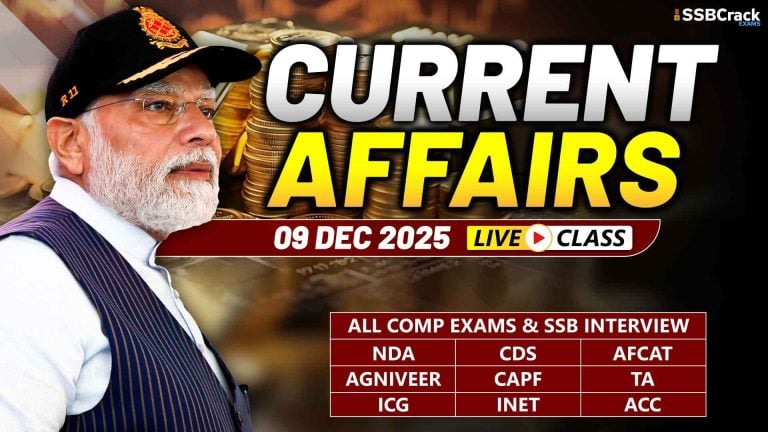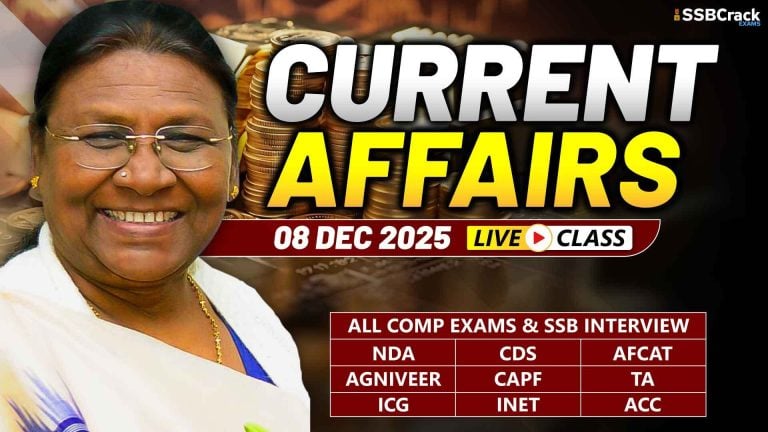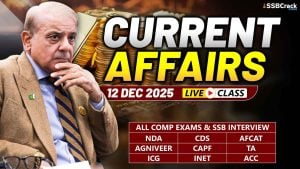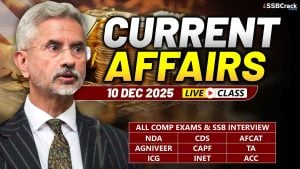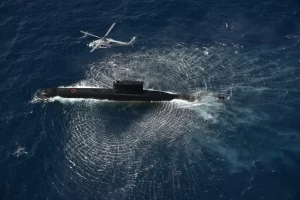Two Kerala government-controlled temple boards, which together manage 2,500-odd temples in the state, have banned use of oleander flowers (locally known as arali) in temple offerings after a 24-year old woman died after accidentally chewing some oleander leaves.
Oleander Flower Banned
Why In News
- Two Kerala government-controlled temple boards, which together manage 2,500-odd temples in the state, have banned use of oleander flowers (locally known as arali) in temple offerings after a 24-year old woman died after accidentally chewing some oleander leaves.
What Exactly Happened
- Surya Surendran, a 24-year old nurse, died on April 30, prima facie due to accidental oleander poisoning.
- Surendran had gotten a new job in the UK, and was set to depart on April 28. That morning, however, she chewed some leaves of the oleander plant which grew outside her house in Pallipad, Alappuzha.
- She was on her phone, and probably did not understand how dangerous this was. She soon developed uneasiness, and vomited a few times. Later that day, she collapsed at the Kochi airport, and died a couple of days later at a hospital.
- When asked about what she had eaten, she had told doctors about chewing oleander leaves and flowers. The forensic surgeon, who conducted her autopsy, informed the police about poisoning from oleander.
What Is Oleander
- Nerium oleander, commonly known as oleander or rosebay, is a plant cultivated worldwide in tropical, subtropical, and temperate regions. Known for its drought tolerance, the shrub is often used for ornamental and landscaping purposes.
- In Kerala, the plant is known by the names of arali and kanaveeram, and is grown along highways and beaches as a natural, green fencing. There are different varieties of oleander, each with a flower of a different colour.
How Is Oleander Used In Traditional Medicine
- Ayurvedic Pharmacopoeia of India (API), a government document that describes the quality, purity, and strength of drugs used in Ayurveda, mentions oleander. According to API, an oil prepared from the root bark can be used to treat skin diseases.
- The plant has been “frequently described in Brihattrayi, Nighantus and other classical Ayurvedic texts.
- Charka [Charak Samhita] has prescribed the leaves of white flowered variety externally in chronic and obstinate skin diseases of serious nature including leprosy,” .
- Anamika Chaudhari and Bhawna Singh, from the Himalayee Ayurvedic Medical College and Hospital, Dehradun, wrote in their research paper ‘A Critical Review of Karvira’, published in 2016 in the International Journal of Ayurveda & Medical Sciences.
- “Bhavaprakasha has described Karvira [another name of the plant] as a visha (poison) and indicated it in treatment of vrana (infected wounds), kustha (skin diseases including leprosy), krimi (microbes and parasites), kandu (itching), etc,” they wrote.
How Toxic Is Oleander
- Even though it is prescribed in some ayurvedic formulations, oleander’s toxicity has also long been recognised across the world, and as researchers Shannon D Langford and Paul J Boor wrote, the plant has been “exploited therapeutically and as an instrument of suicide since antiquity.”
- (‘Oleander toxicity: an examination of human and animal exposures’ published in the journal Toxicology in 1995). Moreover, ingestion or inhalation of smoke from burning oleander can also be intoxicating.
- This is due to the properties of cardiac glycosides (a type of chemical) including oleandrin, folinerin, and digitoxigenin, which are present in all parts of the plant.
- “Cardiac glycosides are steroidal compounds capable of exerting pharmacological effects on cardiac muscle. The primary therapeutic value of these glycosides lies in their ability to exert profound tonic effects on the heart [stronger and faster heart contractions],” Langford and Boor wrote.
- “However, the therapeutic window is small and overdose/toxicity is frequently encountered when using these drugs,” they added.
- Effects of oleander toxicity include nausea, diarrhea, vomiting, rashes, confusion, dizziness, irregular heartbeat, slow heartbeat, and, in extreme cases, death. According to the website of New York’s Mount Sinai hospital, “Symptoms last for 1 to 3 days and may require a hospital stay. Death is unlikely.”
- 20th ASEAN-India Summit & 18th East Asia Summit Highlights
- Manipur Police Register Criminal Case Against Assam Rifles
- Pakistan’s Ex-PM Imran Khan Jailed For 3 Years In ‘Toshakhana Case’
- Four Years After Removal Of Art 370: How Is The Actual Situation In Kashmir?
- Putin’s Critic Alexei Navalny Sentenced To 19 More Years In Prison
- Delhi Services Bill Tabled In Lok Sabha: Govt Of NCT Of Delhi (Amendment) Act, 2023
- Gurugram Nuh Violence: How A Religious Procession Turned Into A Communal Clash
- Govt Imposes Import Restrictions On Laptops, Tablets, Computers
- How Climate Change Is Altering The Colour Of The Oceans?
- New IPCC Assessment Cycle Begins: Why Is It So Significant?
- Difference Between NATO Vs Russia? [Explained]
- Italy Regrets Joining China Belt & Road Initiative (BRI)
- What Is Doping: Why Is It Banned In Sports?
- India Tiger Census 2023: India Is Now Home To 75% Of Tigers In The World
- Military Coup In Niger – President Detained, All Institutions Suspended
- No-Confidence Motion Against PM Modi’s Government
- Elon Musk’s SpaceX Rocket Punches Hole In Ionosphere
- Israeli Parliament Passes Controversial Law Stripping Supreme Court Of Power
- Significance Of 1999 Kargil War: How It Became A Major Game Changer For Indian Military?
- Controversy Over Movie Oppenheimer Gita Scene: How Are Films Certified In India?
- The Curious Case Of Qin Gang: China’s Foreign Minister Who Went Missing
- Twitter’s Iconic Blue Bird Logo Set To Be Replaced By An X Logo
- India Pulls Out Of Games In China Over Stapled Visas For Arunachal Athletes
- PM Modi Urges Sri Lanka President To Implement 13th Amendment
- India Pulls Out Of Games In China Over Stapled Visas For Arunachal Athletes
- Rajasthan CM Sacks Minister After Remarks Over Crimes Against Rajasthan Women
- Manipur Sexual Assault: Video Sparks Outrage Across The Country
- BRICS Summit 2023 In August: Why Putin Won’t Go To South Africa For The Summit?
- Robert Oppenheimer: The Father Of Atomic Bomb, Impact Of Bhagavad Gita On Him
- Russia-Ukraine Black Sea Grain Deal, Why Russia Has Halted It?
- Henley Passport Index 2023, India Passport Ranked 80th
- Indian Opposition Parties Form ‘INDIA’ Alliance, 26 Parties Unite For 2024
- Britain Joins Asia-Pacific Trade Group ‘CPTPP’ – Biggest Trade Deal Since UK Left EU
- NITI Aayog Report On National Multidimensional Poverty Index
- PM Modi UAE Visit: Highlights & Key Takeaways
- PM Modi’s Visit To France: Highlights & Key Takeaways
- NATO Summit Vilnius 2023: Highlights & Key Takeaways
- Turkey Supports Sweden’s Bid For NATO Membership At Vilnius Summit 2023
- Why ISRO Wants To Explore The Moon’s South Pole: Chandrayaan-3 Mission
- Bengal’s Panchayat Polls Turned Violent: SSB Interview Topic 2023
- First Ever IIT Campus Outside India In Tanzania
- RBI’s Report On “Internationalisation Of Rupee” Why And What Are The Benefits?
- Japan To Release Nuclear Wastewater Into Ocean – Gets Approval From IAEA
- PM Modi Chairs 23rd SCO Summit: Highlights & Key Takeaways
- Israel Raids Jenin Camp: Massive Military Operation In West Bank
- Dutch King Apologizes For Netherlands’ Role In Slavery: A Look At The Dutch Role In History
- Constitutional Crisis In Tamil Nadu: The Tussle Between Governor & DMK Government
- Why Has France Been Engulfed By Protests Again?
- Paris Summit – World Leaders Unite For A New Global Financing Pact
- India Ranked 67th On Energy Transition Index – Sweden On Top Of List By World Economic Forum
- Four Minor Planets Named After Indian Scientists
- NASA Recovers 98% Water From Urine & Sweat On ISS: Breakthrough In Long Space Missions
- ESA Space Telescope Euclid Is All Set For Launch To Observe Dark Side Of Universe
- PM Modi’s Trip To USA: Key Takeaways & Highlights
- PM Modi-Led Yoga Session Creates A New Guinness World Record
- Sajid Mir, The Mastermind Behind 26/11 – His Designation As Global Terrorist Blocked By China
- UN Adopts First Historic ‘High Seas Treaty’ To Protect Marine Life
- International Yoga Day 2023 – How It Was Celebrated Across The World?
- Gender Apartheid – Why Is Afghanistan At Stand Off With UN?
- Gandhi Peace Prize 2021 For Gita Press Why It Triggered A Congress-BJP Brawl?
- The New Pride Flag – Why The Change & What The Colours Signify?
- 48 Years Of Emergency – PM Modi Refers It As India’s Darkest Period In Mann Ki Baat
- Groundwater Extraction Has Tilted Earth’s Spin – How Will It Impact The Climate Change?
- Europe’s Worst Migrant Boat Disaster – 78 Dead, Hundreds Missing Off Greek Coast
- MOVEit Global Hacking Attack – Government Agencies In The USA Targeted
- Karnataka Govt Decides To Repeal Anti-Conversion Law: Why Was The Law Controversial?
- IIT Bombay Among Top 150 Varsities In QS Rankings 2024
- China’s Xi Jinping Backs ‘Just Cause’ Of Palestinian Statehood – Chinese Middle Eastern Diplomacy
- Turkey Won’t Back Sweden’s Bid To Join NATO – Why Is Erdogan Against Sweden’s Application
- UN Report Reveals Chronic Bias Against Women – 25% Of Population Thinks Beating Wife Justifiable
- Zinnai – Space Flower Grown On International Space Station By NASA – Why Is It Significant?
- Who Are Meira Paibis: Manipur’s ‘Torch-Bearing’ Women Activists?
- USA Set To Re-Join UN Cultural Agency UNESCO














